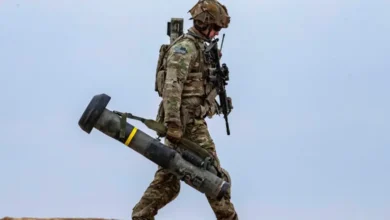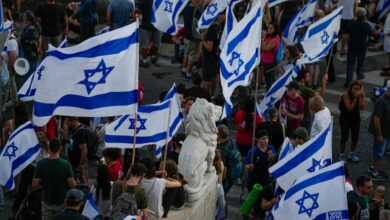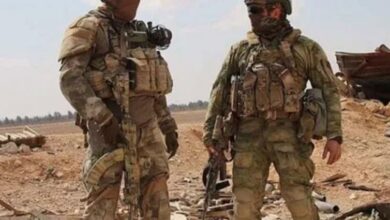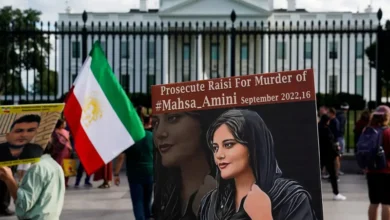Egypt’s Sinai Bedouins fear Israel’s mass displacement of Gaza Palestinians
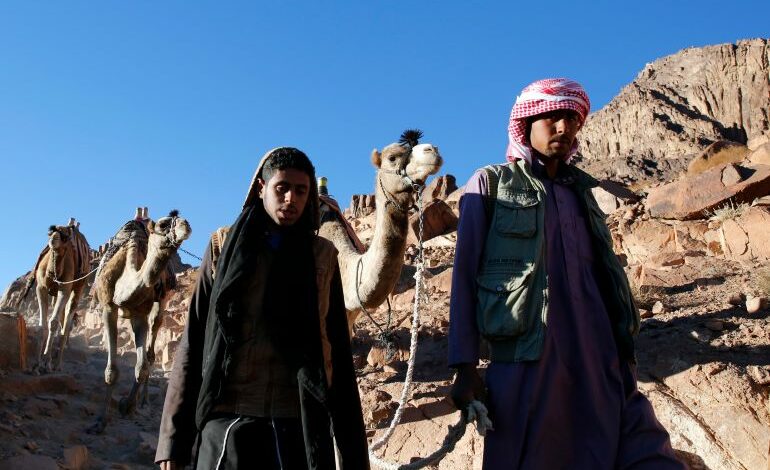
As Israel’s war on Gaza nears the end of a second month, Rehab Eldalil worries about reports of efforts by Israel to push the 2.3 million people of the besieged Gaza Strip into the Egyptian Sinai Peninsula – her ancestors’ home.
President Abdel Fattah el-Sisi has publicly stated that Egypt will not allow a displacement of Palestinians, as it would mean “the end of the Palestinian cause” and a potential threat to Egypt’s national security. But news reports have suggested that Israel might offer to pay off some of Egypt’s vast public debt in exchange for allowing the forced displacement of people from Gaza into Sinai.
Eldalil, an Egyptian photographer and storyteller of Bedouin descent, worries that that kind of narrative “takes away the right of Palestinians to stay on their land, while promoting that Sinai is an empty desert for Palestinians to go to”.
It is not, and hasn’t been for centuries.
The 61,000sq km (23,500sq mile) triangle of land that bridges Africa and Asia is a popular tourist destination, a significant religious and historical site, and an important economic centre for Egypt. It is home to several oil and natural gas fields, as well as the Suez Canal, one of the world’s busiest shipping routes, which generates up to $9bn annually.
The peninsula, its northern two-thirds taken up by the Sinai Desert and the mountainous south boasting St Catherine, Egypt’s highest peak, has also long been home to myriad Bedouin tribes, who lived according to their traditions for centuries, some eventually settling into towns.
These communities have often been neglected by the authorities, and have been collateral damage in national or regional geopolitical conflicts. Now, the war on Gaza is raising fears for Bedouins.
Sinai’s first natives
Before colonial powers drew borders to create the countries in the region today, the Arabian Peninsula, the Levant and North Africa were linked by merchant routes that offered the region a common language. The vectors of this phenomenon were the Bedouin Arab tribes.
Eventually, Eldalil says, “These communities … they stopped being nomads, they settled as the first natives of this desert over 1,000 years ago,” something she would hear from the elders of her tribe, the Jabaliya (people from the mountain).
“At the beginning, they split the Peninsula into seven major tribes,” she says, which have now developed into a total of 33, according to experts.
Eldalil, who has several visual projects about Bedouin identity and heritage, says the legacy of these original tribes is still alive.
“Embroidery is a huge tradition that the community still practices, as well as Bedouin traditional poetry, where they get to tell their stories,” she says.
And there is the Bedouin law. “If there is an issue… they would have a sit-down between the families in dispute and fix it in a more civilised manner that you would see in many progressive countries,” she says.
“They have their own set of rules and unspoken laws, something that with time has created a lot of issues between them and the government, just like it happens with any other indigenous community in the world,” Eldalil adds.
Their deep connection to the land has added to those tensions with the authorities, she says. “They are able to walk for days and weeks within the desert, they know every inch of sand and corner of the mountains. They know their land so well that it becomes intimidating, and there arises a need to control them.”

